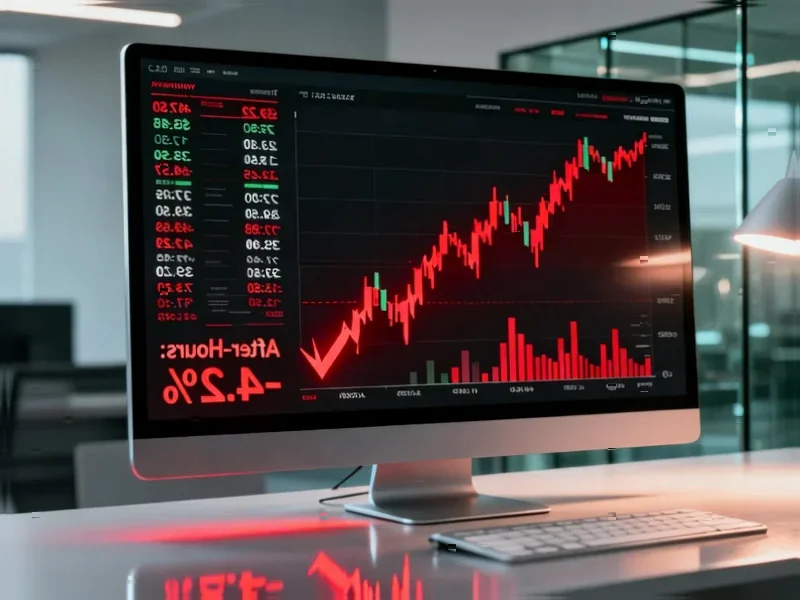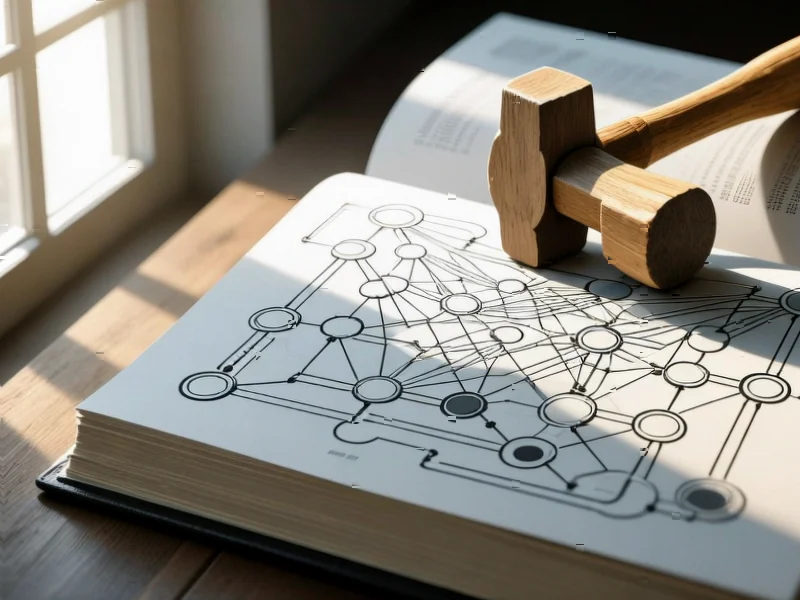According to Fast Company, University of Cambridge mental health researcher Olivia Remes has reignited discussion around the “52/17 rule” for workplace productivity. Remes, who holds a PhD in public health and primary care from Cambridge, suggests that working for 52 minutes followed by 17-minute breaks represents the optimal pattern for maintaining focus and combating afternoon slumps. This approach challenges the more established Pomodoro Technique’s 25-minute work intervals, with Remes asserting that “the most productive people work for about 52 minutes at a time and then take 17-minute breaks” and that “this is much better than working for long stretches.” The renewed attention comes from Remes’ social media sharing of research that has been circulating in productivity circles for several years.
From Personal Hack to Organizational Strategy
The real significance of the 52/17 rule isn’t in its specific timing—whether 52/17 proves more effective than 25/5 or other intervals—but in what its adoption signals about evolving workplace expectations. For decades, productivity optimization focused on squeezing more output from workers through longer hours and continuous focus. The emergence and acceptance of structured break methodologies represents a fundamental shift toward recognizing human cognitive limitations and the science of sustained performance. This isn’t just another productivity hack; it’s part of a broader movement acknowledging that peak performance requires strategic recovery, not just relentless effort.
The Management Resistance Challenge
While individual workers may embrace these methods, the corporate implementation faces significant cultural hurdles. Traditional management structures often equate visibility with productivity—the worker at their desk appears more productive than one taking a structured break. This creates a fundamental tension between what science suggests optimizes performance and what management culture rewards. The companies that successfully integrate these methods will need to retrain managers to evaluate output rather than activity, and to trust that breaks serve a legitimate performance purpose rather than representing wasted time or diminished commitment.
Productivity Tech’s Next Frontier
The renewed interest in structured work-break patterns creates opportunities for productivity software developers and workplace technology providers. We’re likely to see more sophisticated time management tools that move beyond simple timers to incorporate AI-driven suggestions for optimal work rhythms based on individual patterns and task types. The original research behind the 52/17 method pointed to its benefits for knowledge workers, suggesting future tools might offer different rhythms for creative work versus analytical tasks versus administrative functions. This represents a maturation of productivity technology from one-size-fits-all solutions to personalized performance optimization.
Rethinking Physical and Digital Workspaces
If organizations seriously adopt structured break methodologies, we’ll need corresponding changes in workplace design. The traditional office layout optimized for continuous desk work becomes inadequate when workers need appropriate spaces for meaningful 17-minute breaks. This could drive demand for more varied office environments with quiet zones, social areas, and recovery spaces. Similarly, digital workspace design may evolve to better support these rhythms, with features that encourage focused work periods followed by genuine disconnection, rather than the constant interruptions that characterize most modern work communication platforms.
The Productivity Measurement Problem
The ultimate challenge for any productivity method lies in measurement. While proponents can point to individual success stories, organizations need reliable metrics to justify cultural shifts. The danger lies in superficial implementation where companies adopt the break structure without addressing underlying issues like excessive workload, unclear priorities, or poor management. True productivity gains come from systemic improvements, not just better individual time management. The companies that will benefit most from methods like 52/17 are those using them as part of comprehensive performance optimization rather than as quick fixes for deeper organizational issues.
The evolution from continuous work to structured rhythms represents more than a productivity trend—it signals a fundamental rethinking of how we approach knowledge work in an age of constant distraction and burnout.




